My twelve-year-old son is becoming a hunter.
Myself, I’ve never even fired a gun, but Henry has been interested in learning how to hunt for several years. Given that he was born in Vermont and has a doting outdoorsman grandpa, his lifetime Vermont fishing and hunting license was purchased when he was 6 months old — despite zero input from the infant. Twelve years and many conversations later, Henry enrolled in an early September hunter safety course in Southern Vermont.
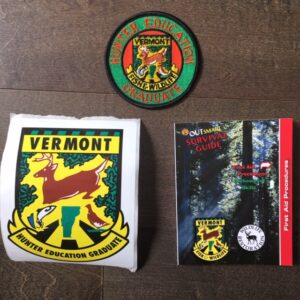
Hunter safety courses in Vermont propose two options. Given our family’s other time commitments, we chose to enroll Henry in the homestudy program. It’s an online course which has two in-person dates once you finish your coursework. The other option is a traditional series of classroom courses — usually in the evenings and in select locations. You can find out more about Vermont Hunter Safety courses here.
In our case, Henry had until Saturday, September 7 to pass all units and the comprehensive hunter safety exam. That meant he had some significant homework to complete during the summer in August. And our goal was for him to finish all coursework before school started on August 29.
Hunter education is real learning
When we registered and logged him into the portal on my computer, I showed him how the course seemed to be set up. It was easy enough to follow, since the materials automatically advanced from lesson to lesson in each unit. As we looked closer, we realized that Henry had nine online units to complete. And sometimes, one single unit could contain as many as 13 lessons. Holy smokes! This was an enormous amount of work!
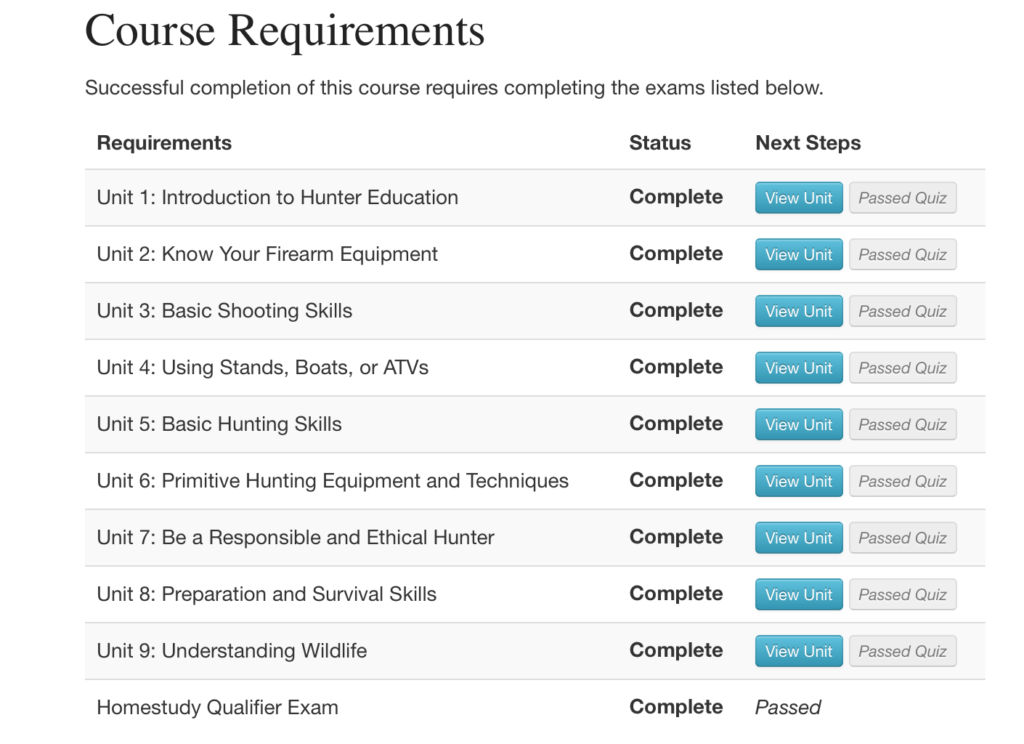
But Henry was up for it.
Even though he was committed and super motivated by the looming deadline, this online coursework took serious effort.
Each lesson required close reading.
Each lesson required comprehension of both text and video resources.
Topics ranged from hunting history to hunting ethics and responsibility. After each unit, a test demanded a demonstrated application of knowledge. As a parent, I was learning how to support my son in his most ambitious learning experience to date. But the most surprising part? None of it was done in school.
16 days of serious, rigorous out-of-school learning.
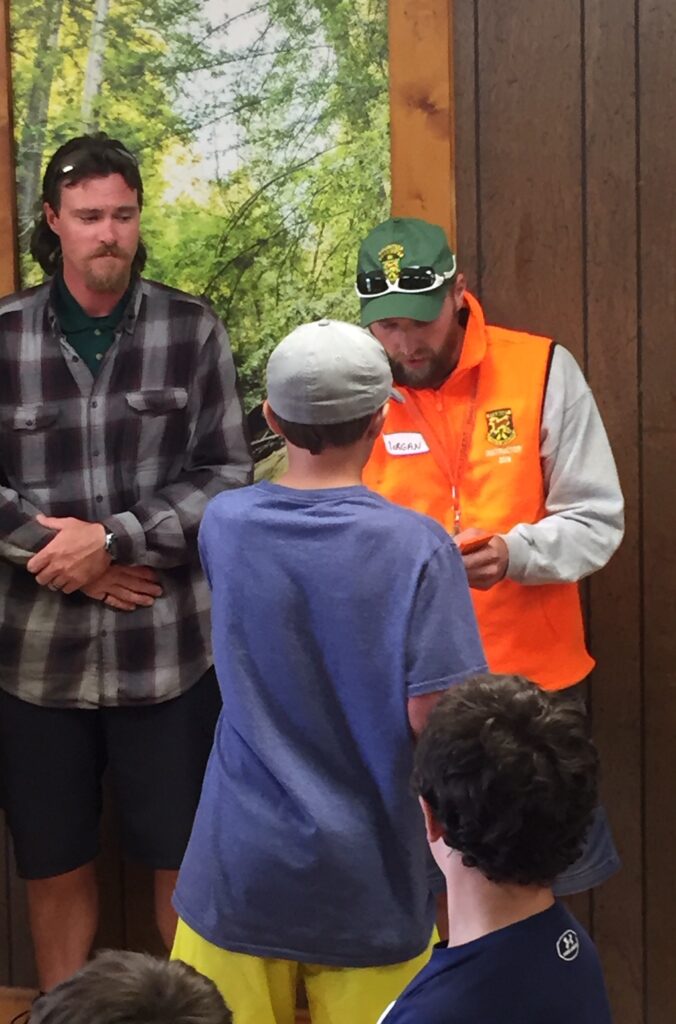
When Henry passed the course, I saw pride and accomplishment wash over his face. My middle-schooler son set himself a goal, worked hard at the learning, and achieved his certification. As a proud mama, there are few feelings that can compare to seeing your child succeed like this.
Valuing every learning opportunity
My son’s work in hunter education moved and impressed me. Yet I can’t help but think of the large scale of this learning across the state.
In my sixteen years of teaching young adolescents, I have likely had several dozen boys and girls like Henry pass through my sixth and seventh grade classes. How many of my former students had participated in Hunter Education courses?
I vaguely remember memory a student in my literacy class asking me if his Hunter Safety course workbook could count as his nightly independent reading. And I shudder, because I know that my answer was not a resounding, “Of course it does!”
And that makes me wonder: just how many of my student hunters pushed themselves to learn this way?
Regrettably, I as their teacher knew nothing about their Herculean feats. Only now as the mother of a similar child, can I acknowledge the important and real-life learning that was taking place.
Hitting targets
Throughout this home learning scenario, I saw my son demonstrate many of his grade level proficiencies. As a seventh grader, his teachers set learning targets around reading comprehension, like: “(I) can determine the central idea of the text and recognize the development of supporting details throughout the text and provide an objective summary”.
I watched him nail those reading targets through this Fish and Wildlife assessment.
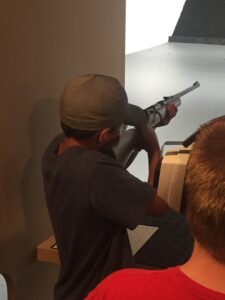
Don’t even get me started on how many Transferable Skills learning targets he touched. I think about this learning target, for Self-Direction: “I can demonstrate initiative and responsibility for learning” and then this one “I can persevere in challenging situations”.
Henry took complete responsibility and ownership of this learning. The course tested his attention span; he had to experiment with new comprehension strategies. He had to muster more self-direction and persistence than I’d ever seen from him. Henry hit the targets in the shooting range as well as the learning targets; he’s actually a very good shot.
But how do his teachers know about his proficiency?
Does he have opportunities to inform his school about his learning out of school?
How do we as a state implement structures to document and acknowledge the learning that children and young adults do outside of school walls?
Hunter education in a Flexible Pathway environment
When Vermont committed to the ambitious outcomes of Act 77 in 2013, the state agreed to provide flexible pathways for learning in grades 7-12. What better example of a flexible pathway experience than a Hunter Safety course?
Inviting conversations between schools and parents about learning is a key component, so I plan to share stories about his Hunter Safety education with Henry’s teacher at his upcoming student-led conference. His interest in and exploration of Vermont Hunter Education truly fits the definition of what we hope young adolescents pursue in personalized learning environments.
Additionally this September, the Vermont Agency of Education (AOE) published the Flexible Pathway Implementation Kit. This kit provides important tools to help schools develop and communicate profiles for flexible pathway opportunities.
Across the state, students like Henry are engaging in real-life learning outside of the classroom. A Vermont Hunter Safety course is just one clear example.
- And how can teachers be informed about this learning?
- How do they recognize and acknowledge the hard work?
- Whose responsibility is it to manage the communication between out-of-school and in-school learning?
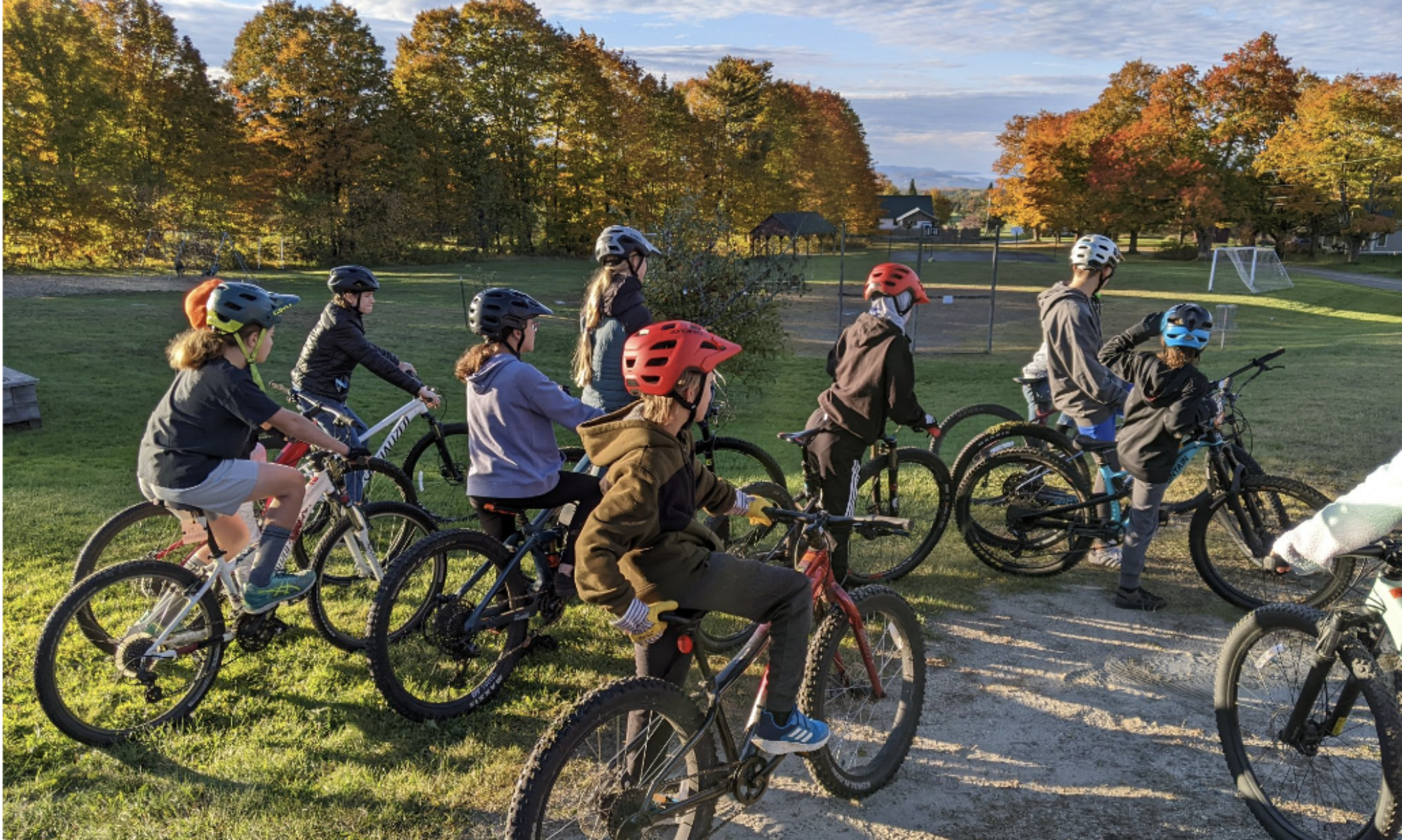

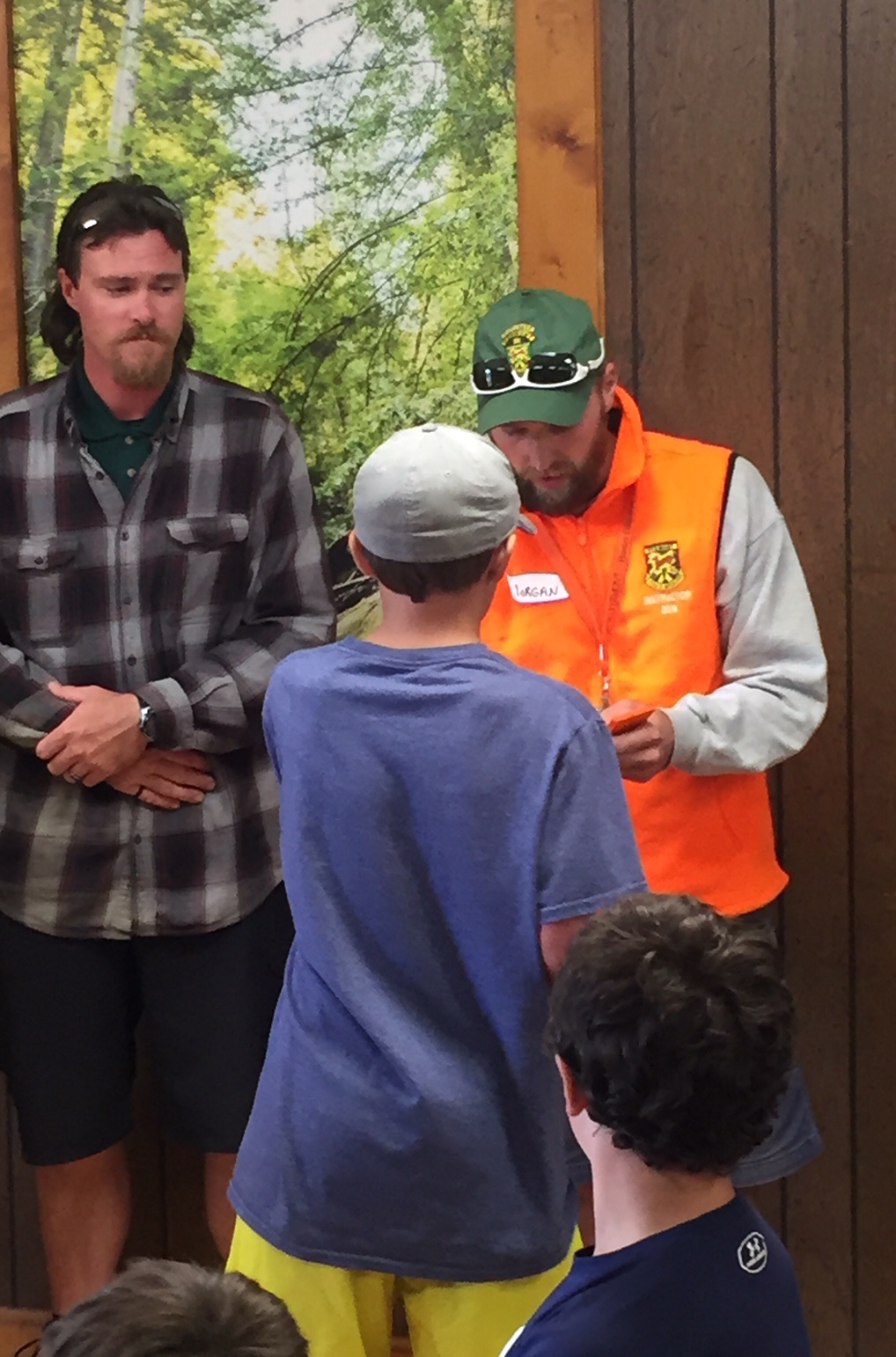
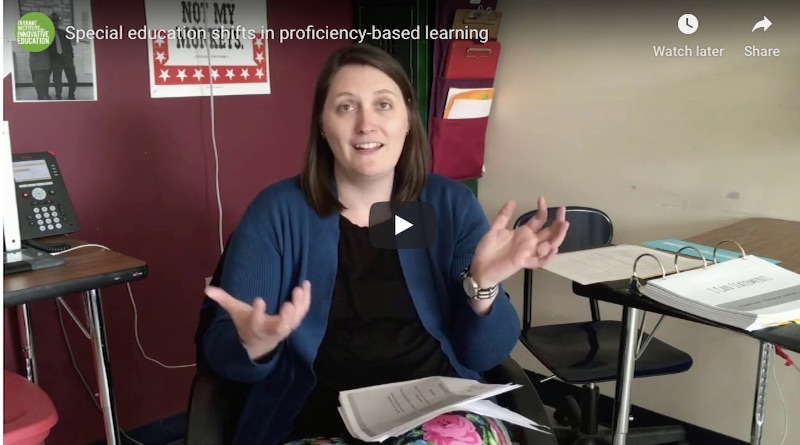
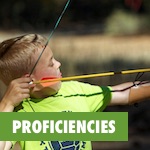 Many of us doing proficiency work in the state see it as a means of ensuring equitable access for all students. A proficiency-based learning environment asks the learning community to partner together. The goal: to make certain all learners meet clearly articulated targets for success.
Many of us doing proficiency work in the state see it as a means of ensuring equitable access for all students. A proficiency-based learning environment asks the learning community to partner together. The goal: to make certain all learners meet clearly articulated targets for success.